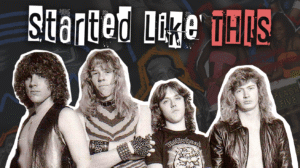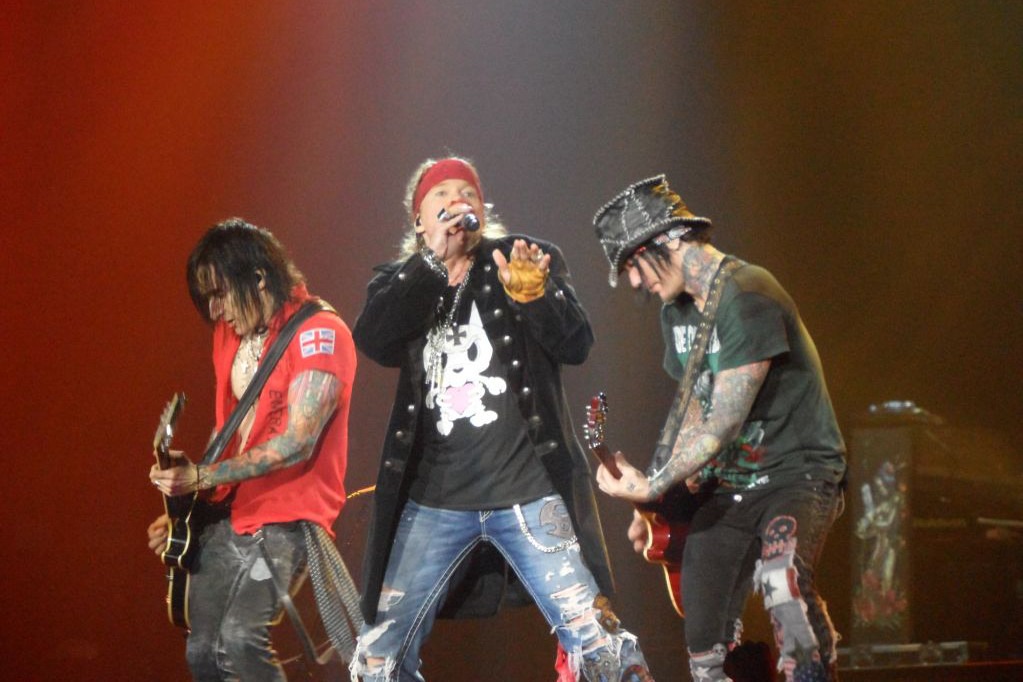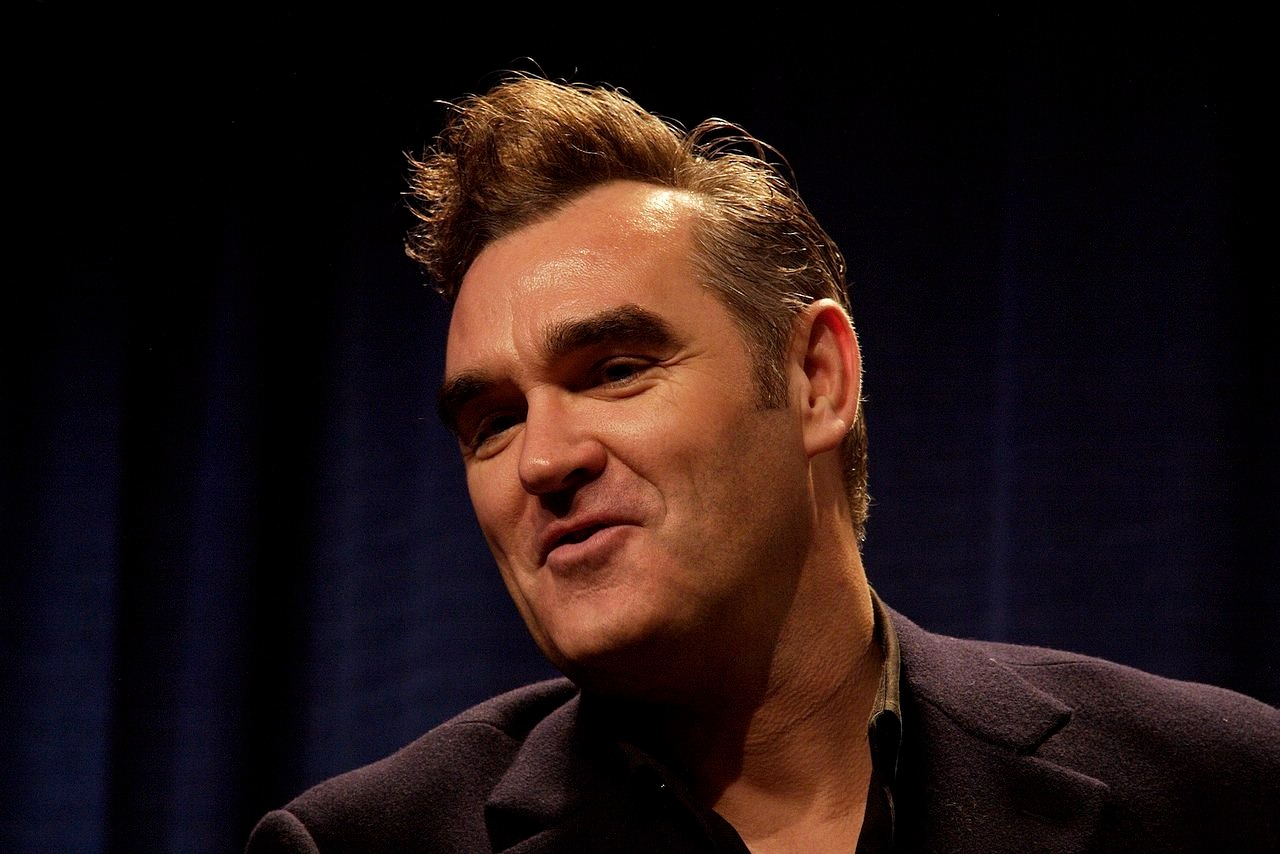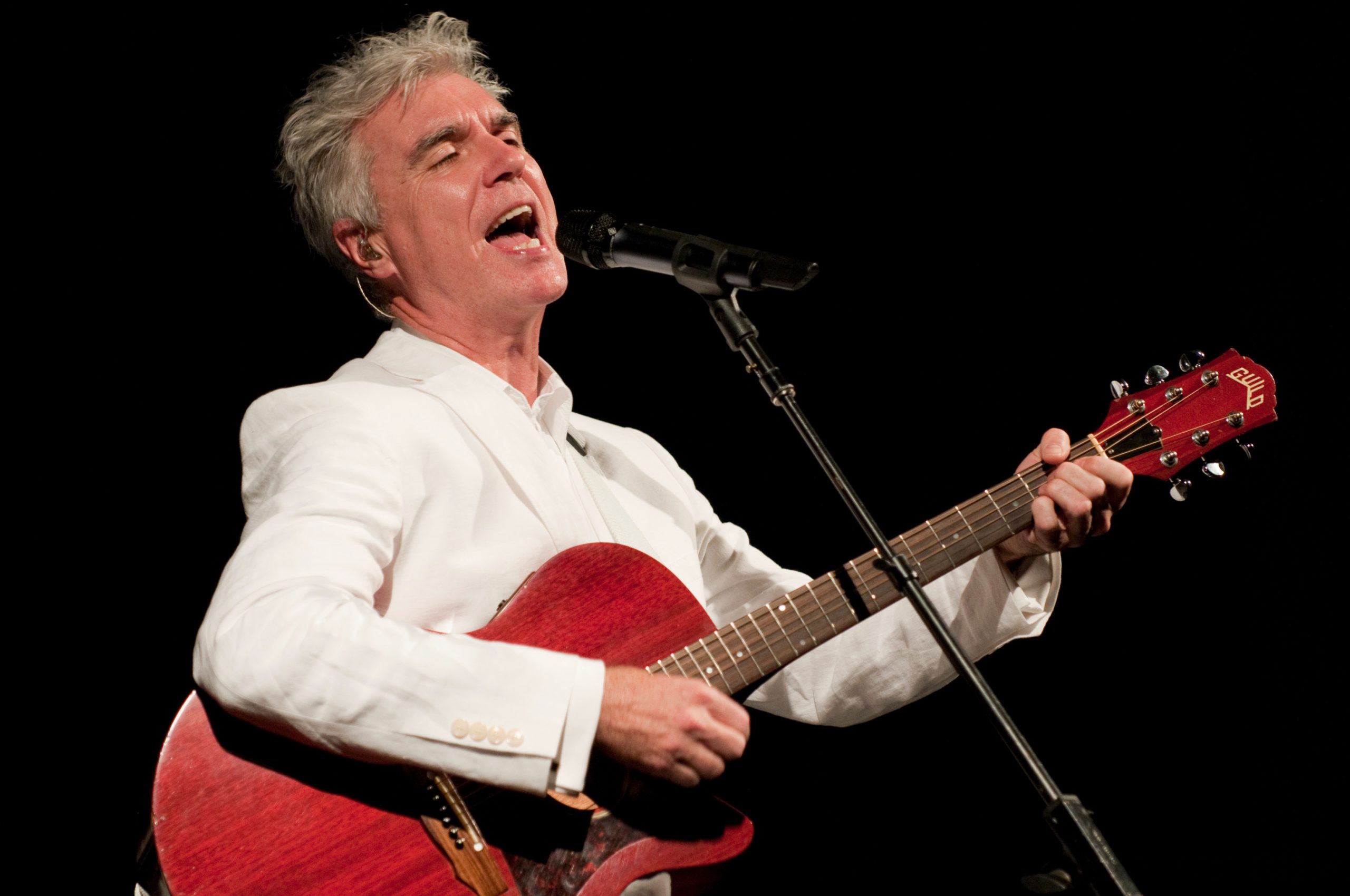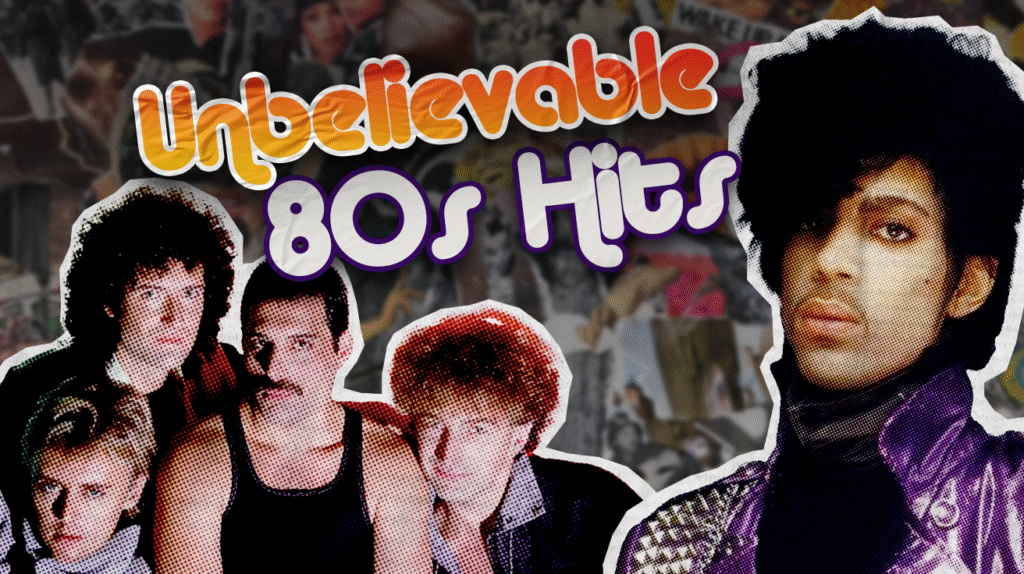
Revolutionary sounds don’t announce themselves—they slip into your consciousness disguised as catchy melodies and irresistible beats. The 1980s delivered a sonic earthquake, packaged in neon and hairspray, that fundamentally rewired how we process music through technological innovation and fearless artistic boundary-pushing. These tracks didn’t just top charts; they became emotional anchors permanently fused to our cultural memory like firmware updates we never knew we needed. From the digital precision of new wave to the raw power of arena rock, this collection maps the landscape of songs that transformed popular music forever.
1. Eurythmics – “Sweet Dreams (Are Made of This)” (1983)
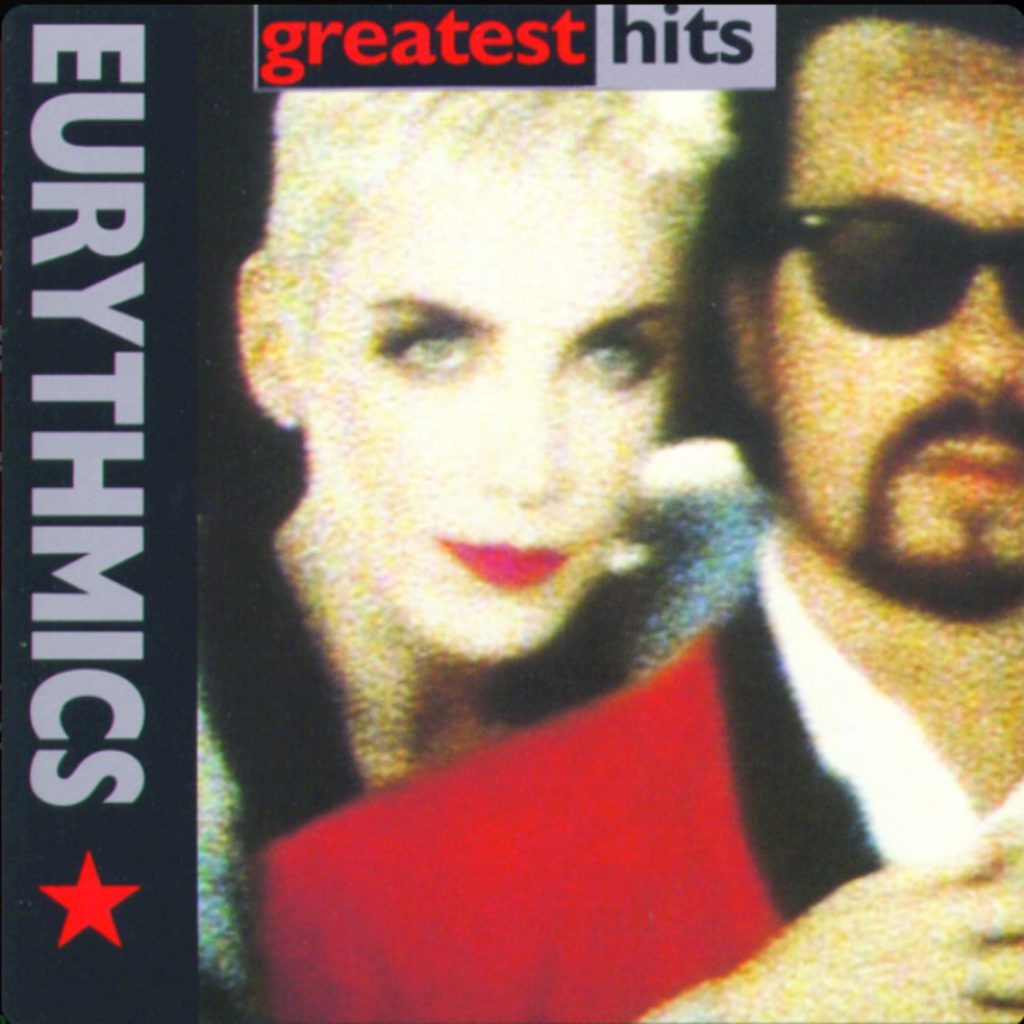
Cold electronic textures meet soulful human emotion in a perfect synthesis that defines new wave’s greatest achievement through the innovative blending of technological precision and emotional authenticity. Annie Lennox and Dave Stewart create hypnotic foundations through minimal synthesizer patterns and drum machine precision, allowing space for Lennox’s remarkably expressive vocal performance to dominate the sonic landscape. Strategic silence usage demonstrates how electronic music could convey emotional complexity through what it doesn’t include rather than overwhelming listeners with constant sound.
Androgynous visual presentation complements the song’s exploration of power dynamics and disillusionment, creating complete artistic statements that challenged gender norms while delivering irresistible pop hooks to mainstream audiences. The bold approach proved commercial success, and artistic boundary-pushing wasn’t mutually exclusive—a lesson many contemporary artists could benefit from studying as they navigate similar tensions between artistic integrity and commercial viability. Authentic artistic vision can reshape cultural conversations while achieving massive popular success, establishing templates that continue inspiring modern electronic artists.
2. Talking Heads – “Once in a Lifetime” (1980)
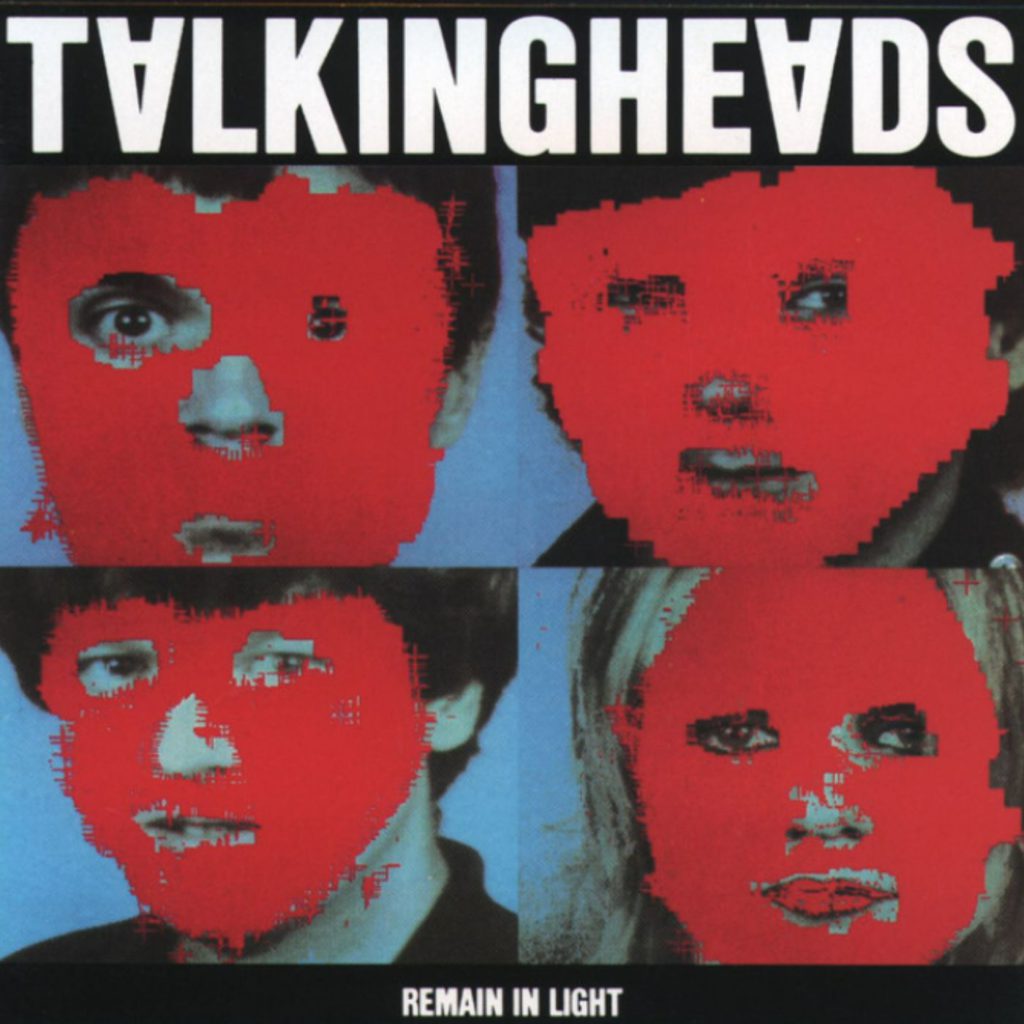
Existential crisis meets polyrhythmic perfection in David Byrne and Brian Eno’s masterful collaboration that channels collective confusion into infectious grooves. Drawing inspiration from African percussion patterns, their complex rhythmic foundation creates beautiful disorientation that mirrors lyrical themes of midlife awakening and societal questioning. Producer Eno’s ambient textures blend seamlessly with Tina Weymouth’s innovative bass lines and Chris Frantz’s layered percussion work, forming a sonic representation of consciousness itself.
Water imagery flows throughout both lyrics and musical arrangement—elements constantly add and subtract like tidal movements that reflect life’s unpredictable rhythms. The liquid approach allows Byrne’s performance to merge theatrical presentation with authentic confusion, channeling collective generational disorientation about post-war prosperity’s hidden costs into danceable art. Art rock’s relationship with rhythm underwent permanent transformation, proving experimental music could still compel physical movement while addressing deep philosophical questions about modern existence.
3. Kate Bush – “Running Up That Hill” (1985)
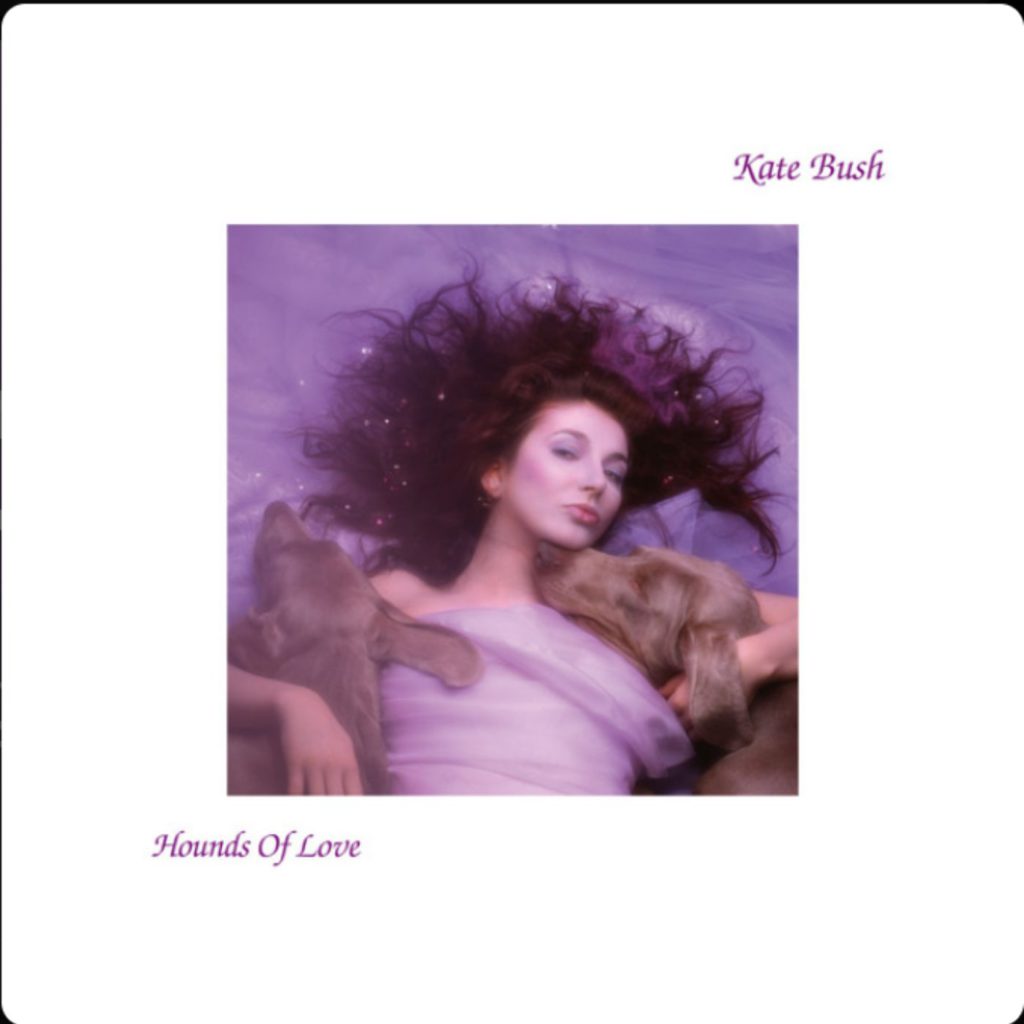
Experimental theater meets mainstream accessibility through Kate Bush’s visionary production approach that refused to compromise artistic vision for commercial appeal. Working from her private studio in Kent, Bush utilized an unlimited creative timeline and zero commercial pressure to develop the Fairlight CMI synthesizer’s distinctive otherworldly atmosphere. The resulting sound simultaneously evokes vintage nostalgia and futuristic possibility, confusing temporal boundaries in ways that feel intentionally mystical.
Hypnotic drum programming maintains relentless forward momentum while Bush’s theatrical vocal performance transforms personal struggle into universal catharsis through pure emotional intensity. Her approach creates an immersive experience where listeners feel transported into the song’s emotional landscape rather than simply observing it. The song’s recent resurgence via Stranger Things proves that exceptional production transcends temporal boundaries—what sounded revolutionary in 1985 continues feeling like transmission from tomorrow, inspiring modern electronic producers who still dissect this track’s emotional depth creation within digital soundscapes.
4. Whitney Houston – “I Wanna Dance with Somebody” (1987)
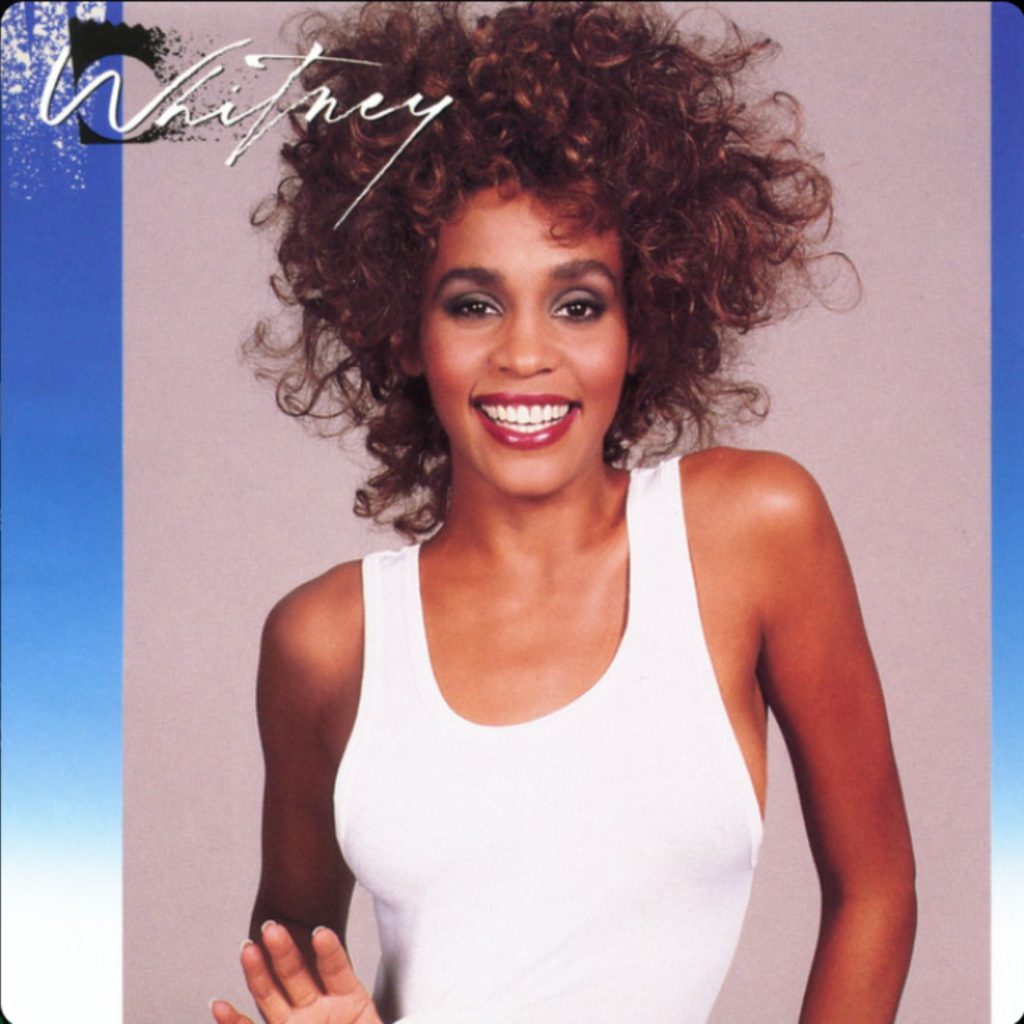
Narada Michael Walden’s production genius transforms a country ballad concept into euphoric dance-pop perfection through an understanding of rhythm, melody, and emotional dynamics. Beginning with his famous drum fill opening that creates instant recognition, synthesizer layers and backing vocals build the perfect platform for Houston’s remarkable vocal control. Strategic arrangement breathing room prevents energy exhaustion throughout the track’s duration, allowing listeners to fully absorb each musical element without feeling overwhelmed.
Vocal technical mastery serves melodic expression rather than showboating for its own sake through disciplined artistic choices that prioritize song over singer. Houston adds emotional texture and sophisticated flourishes without overshadowing fundamental melody, demonstrating musicality that transcends the often formulaic approach dominating 80s dance-pop production. Her influence on subsequent generations of singers stems from the perfect synthesis between technical ability and emotional authenticity, creating a template that countless artists attempt to recreate but rarely achieve with equal success.
5. The Police – “Every Breath You Take” (1983)
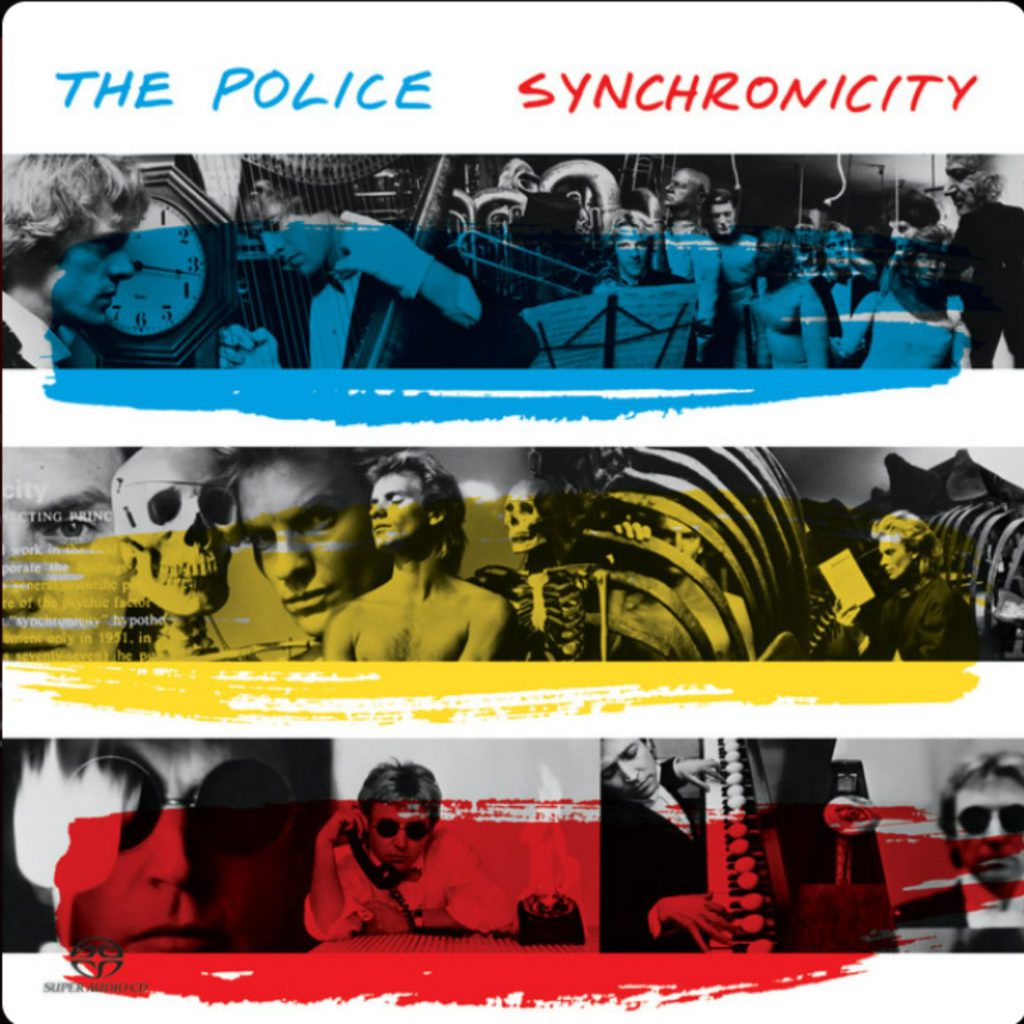
Musical irony reaches its pinnacle when stalker narratives receive elegant musical treatment that disguises dark content beneath beautiful surfaces. Sting’s obsessive lyrics find perfect expression paired with Andy Summers’ hypnotic arpeggiated guitar patterns, while Stewart Copeland’s restrained drumming builds tension through strategic omission rather than excessive fills. Hugh Padgham’s production creates remarkable instrumental space that allows each element room to breathe while maintaining cohesive intensity throughout the track’s duration.
Cognitive dissonance keeps listeners returning decades later to unpack the song’s complex relationship between beautiful execution and disturbing content, creating lasting fascination that transcends simple musical appreciation. The tension influenced countless bands seeking to escape the compressed, reverb-heavy sound dominating much 80s production in favor of clarity and separation. Emphasizing precision and space over sonic thickness would later influence alternative rock’s production aesthetics and establish new standards for how dark themes could be presented through sophisticated musical arrangements.
6. Prince – “Purple Rain” (1984)
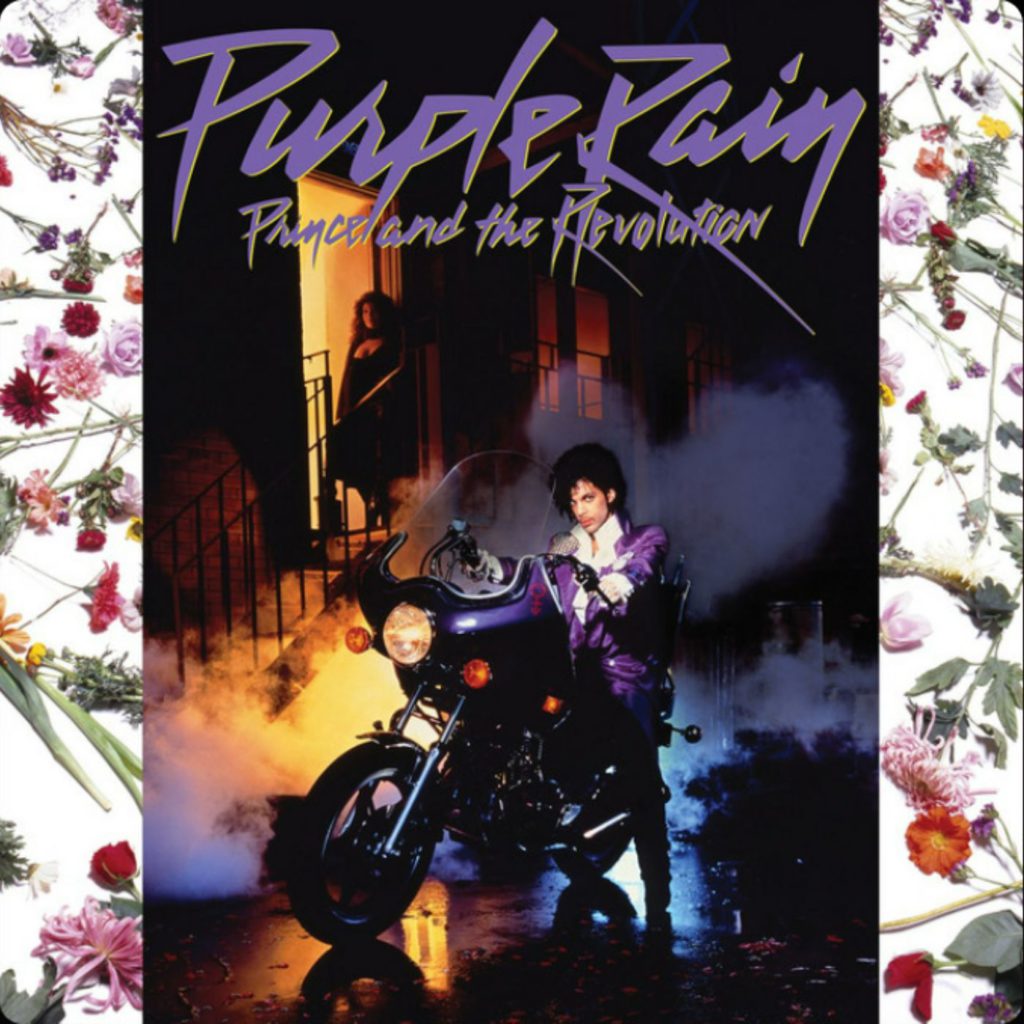
Spiritual architecture disguised as a power ballad transforms vulnerability into guitar-solo transcendence through masterful emotional control. Recording live at First Avenue nightclub in Minneapolis, Prince captured lightning in a bottle during a spontaneous performance that stretched beyond ten minutes. The Oberheim OB-Xa synthesizer creates atmospheric foundation layers underneath his emotional guitar conversation with whatever divine force shapes artistic inspiration, building tension that serves the song’s cathartic release.
Controlled imperfection drives the track’s authentic emotional impact through deliberate vocal choices that convey more genuine feeling than technically flawless modern productions. Prince’s delivery contains intentional cracks and hesitations that make listeners feel they’re witnessing private moments of artistic vulnerability. The guitar solo builds like a religious experience, demonstrating how strategic restraint creates more powerful climaxes than constant maximalism—a lesson many contemporary producers overlook in their quest for perpetual intensity.
7. Bon Jovi – “Livin’ on a Prayer” (1986)
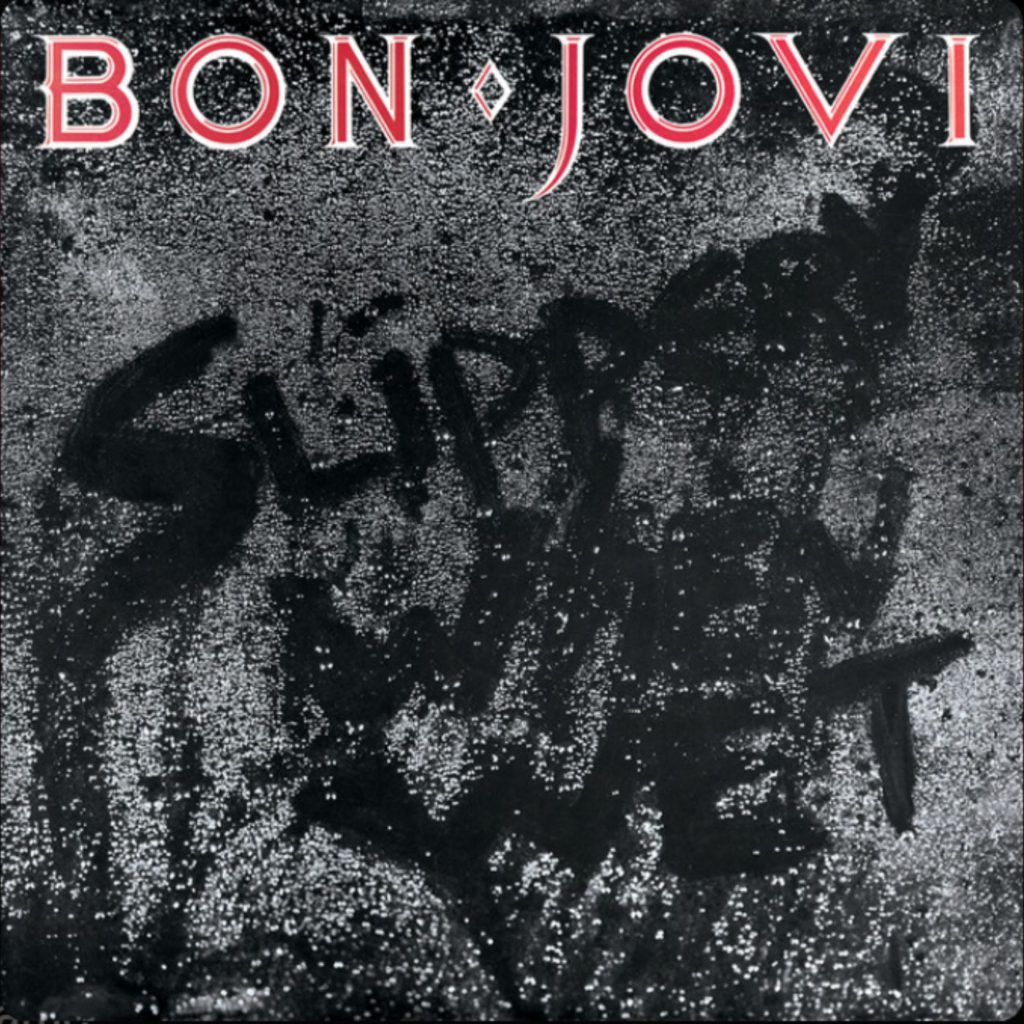
Working-class anthems require an authentic emotional connection beyond mere musical competence, demanding genuine understanding of economic struggle and social pressure. Richie Sambora’s talk box guitar effect makes his instrument speak, creating instantly recognizable sonic signatures that defined stadium rock’s golden era through technological innovation. Producer Bruce Fairbairn captures the band’s chemistry during peak creative synchronization, preserving the raw energy that makes arena rock feel personal rather than manufactured.
Key changes before final choruses became power ballad standard procedure, yet this track demonstrates why the technique endures through natural emotional intensity rather than manipulative calculation. The structural choice serves Tommy and Gina, who represent specific characters facing real economic struggles rather than generic romantic archetypes that populate most arena rock narratives. Narrative specificity elevated the song from party anthem to cultural touchstone that continues resonating with anyone confronting financial hardship, proving great rock music can address serious social issues without losing its celebratory power.
8. A-ha – “Take On Me” (1985)
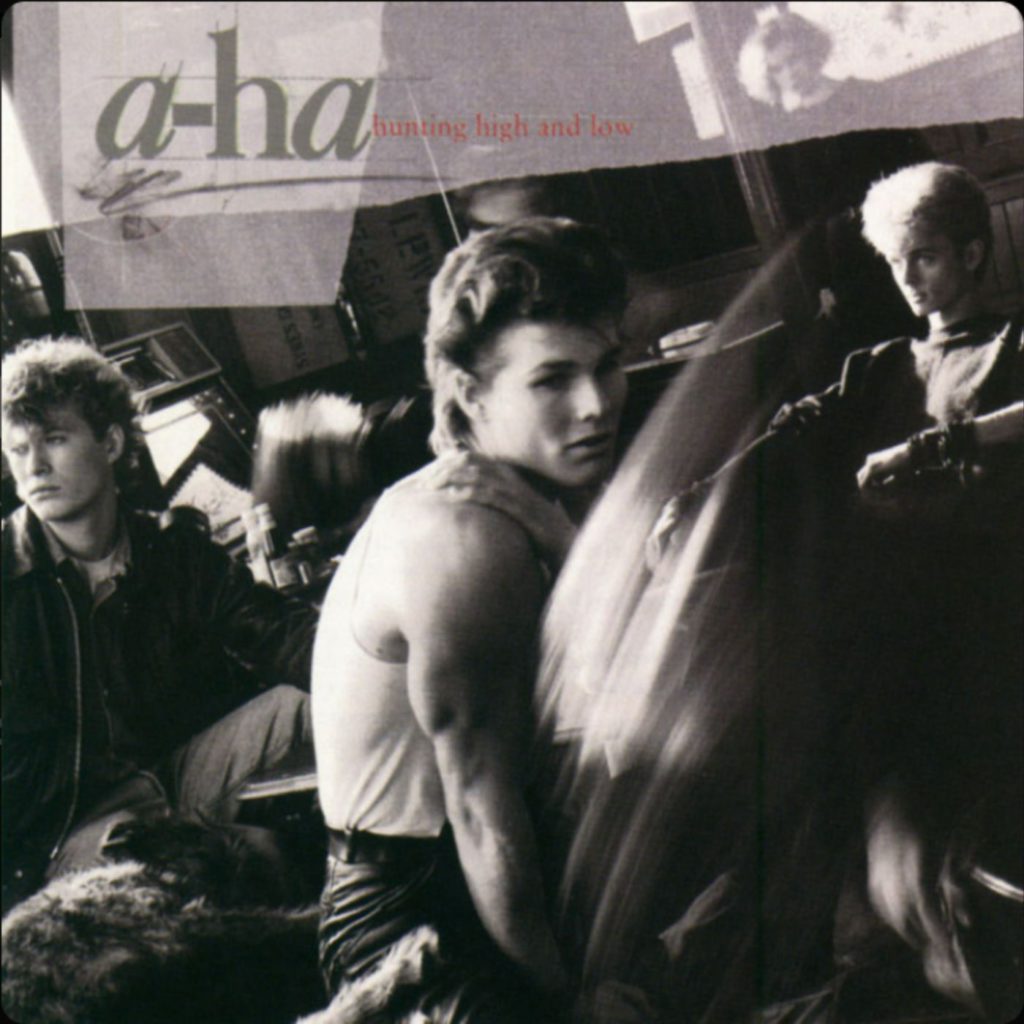
Perfect opening lines exist in literature and music—a-ha’s synth riff represents the latter category’s pinnacle achievement through instant memorability and emotional impact. Supporting Morten Harket’s octave-and-a-half falsetto leap, the masterful construction defies vocal physics while maintaining emotional authenticity throughout its impossible range. The innovative pencil animation video created multimedia synergy that established new possibilities for visual-audio artistic statements, proving music videos could enhance rather than distract from musical content.
Synthetic precision contrasts beautifully with human vulnerability, capturing synth-pop’s essential duality through carefully crafted production choices. Producer Alan Tarney merges mechanical elements with organic emotion, creating tension that mirrors the song’s exploration of romantic uncertainty and technological alienation. The track’s enduring popularity across multiple generations proves that timeless melodic structures can transcend dated production techniques when fundamental songwriting excellence provides the foundation that connects directly with human emotional experience.
9. New Order – “Blue Monday” (1983)
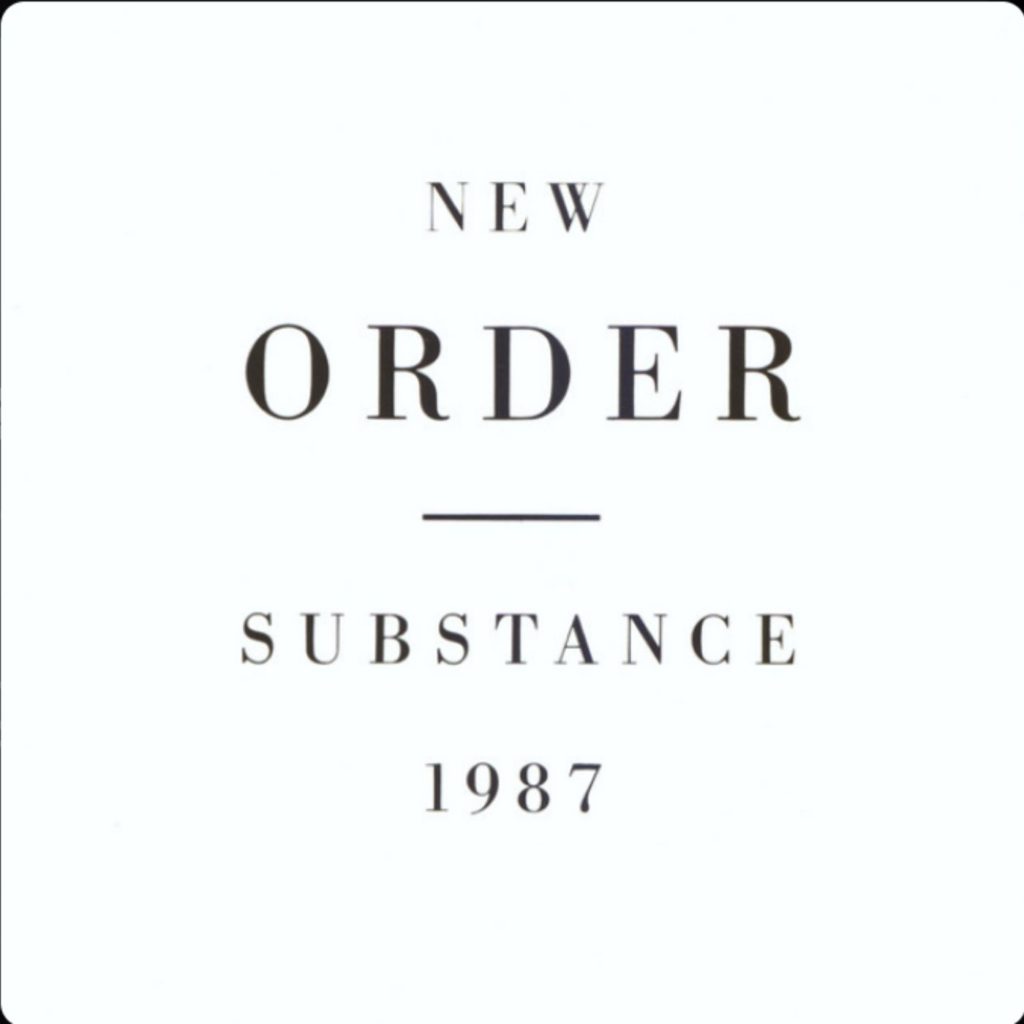
Post-punk detachment merges with dance floor functionality to create electronic music’s most influential template through calculated emotional distance. Stephen Morris crafted the Oberheim DMX drum machine programming that has been sampled and referenced countless times, becoming electronic music’s equivalent of classical motifs that transcend their original context. The seven-minute length defied radio conventions while achieving massive commercial success, proving experimental art could reach mainstream audiences without compromise.
Machine-led composition allows technology to guide human elements rather than serve them, creating a new paradigm for electronic music creation. The reversal enables Bernard Sumner’s intentionally emotionless vocal delivery to create fascinating tension with highly emotional synthesizer lines—a contradiction perfectly capturing early-80s fascination with technology’s dual promise and threat. Experimental electronic music could connect with mainstream audiences without artistic compromise, establishing templates that continue influencing contemporary electronic artists seeking a similar equilibrium between innovation and accessibility.
10. Cyndi Lauper – “Time After Time” (1984)
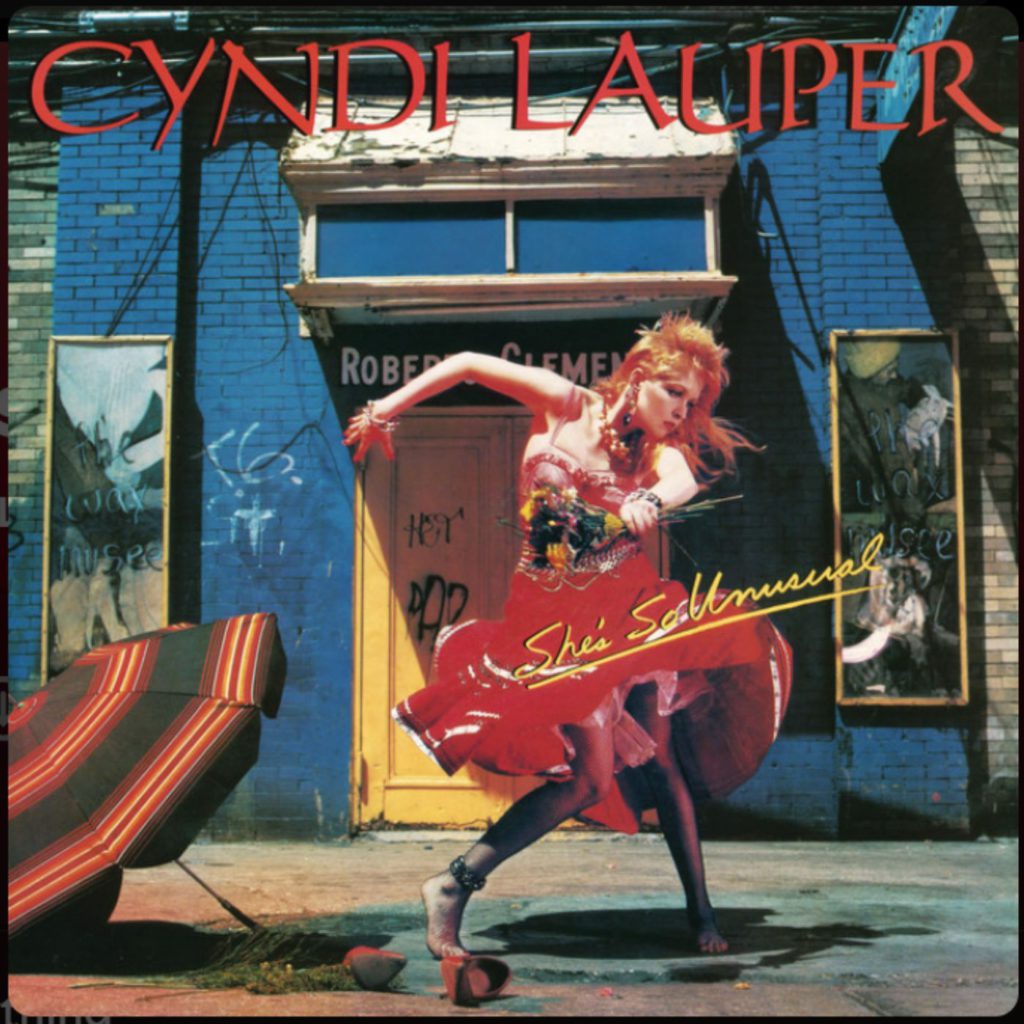
Beneath quirky public personas often lie songwriters of remarkable emotional depth who use simplicity to achieve profound artistic impact. Lauper’s minimal arrangement allows her distinctive vocal timbre to carry the track’s emotional weight without instrumental competition or distraction from the song’s intimate core. Rob Hyman’s keyboard contributions add harmonic sophistication while maintaining the song’s intimate atmosphere, proving that restraint can create more powerful emotional connections than elaborate production techniques.
Synthesizer pads create dreamlike environments while clocklike percussion subtly reinforces temporal lyrical themes through careful sonic design that serves a narrative purpose. Electronic elements can enhance rather than dominate human performance—an integration that created templates for how ballads could incorporate new technology without sacrificing emotional authenticity. The organic quality of the integration explains why the track endures while many contemporaries sound dated, demonstrating that technological innovation must serve artistic vision rather than becoming the primary focus.
11. The Clash – “Rock the Casbah” (1982)
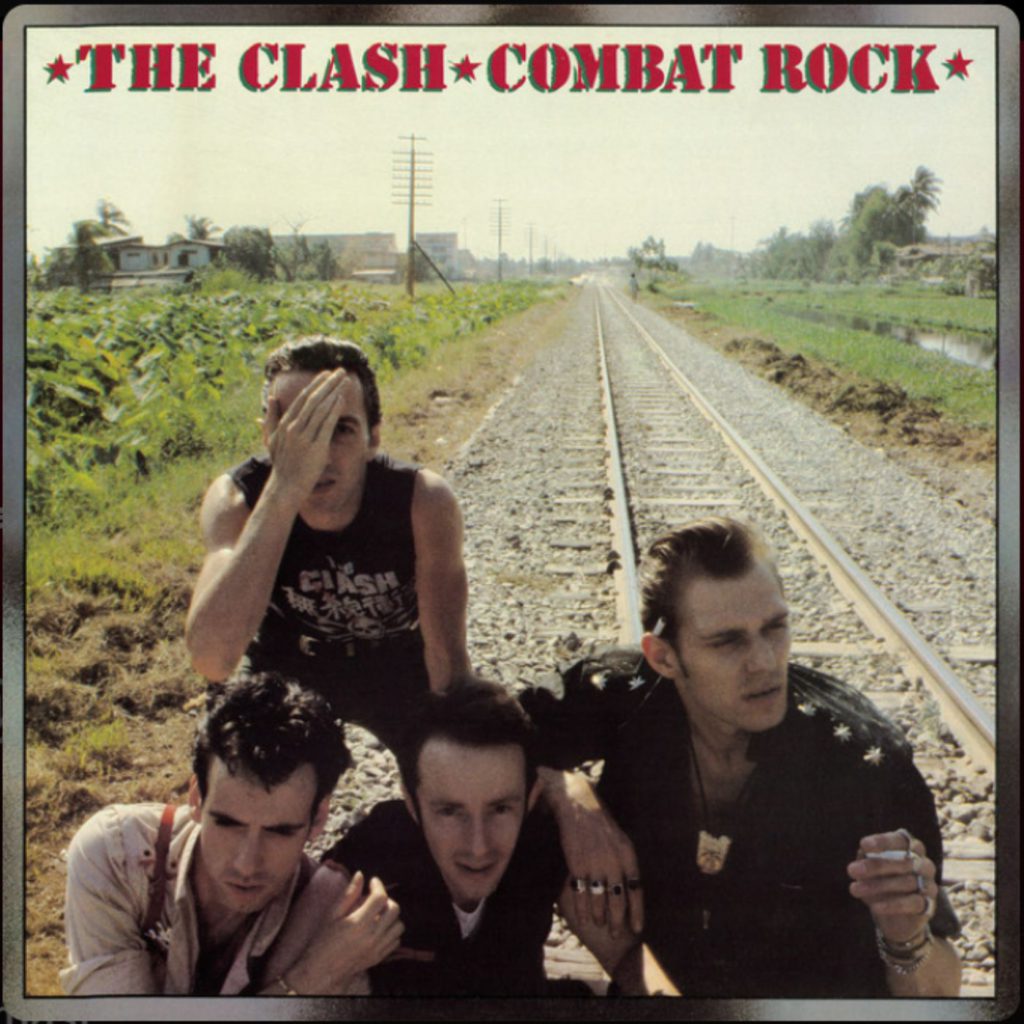
Revolutionary content disguised as celebration demonstrates punk’s evolution beyond three-chord limitations into sophisticated political commentary wrapped in irresistible grooves. Topper Headon’s piano riff and rhythm programming create danceable foundations, making anti-authoritarian messages feel like party invitations rather than angry protests. Glyn Johns’ production captures the band’s most accessible material without sacrificing confrontational essence, proving political music could reach broader audiences without compromising its core message.
Political messaging merges seamlessly with danceable rhythms through skillful navigation that influenced countless bands seeking a similar equilibrium between rebellion and accessibility. The integration allows Joe Strummer’s raw vocal delivery to contrast beautifully with sophisticated musical arrangements, proving punk’s revolutionary spirit could embrace musical complexity without losing its fundamental edge. New possibilities emerged for how political content could be presented through popular music, inspiring generations of artists who sought to address serious issues while maintaining broad appeal.
12. Peter Gabriel – “In Your Eyes” (1986)
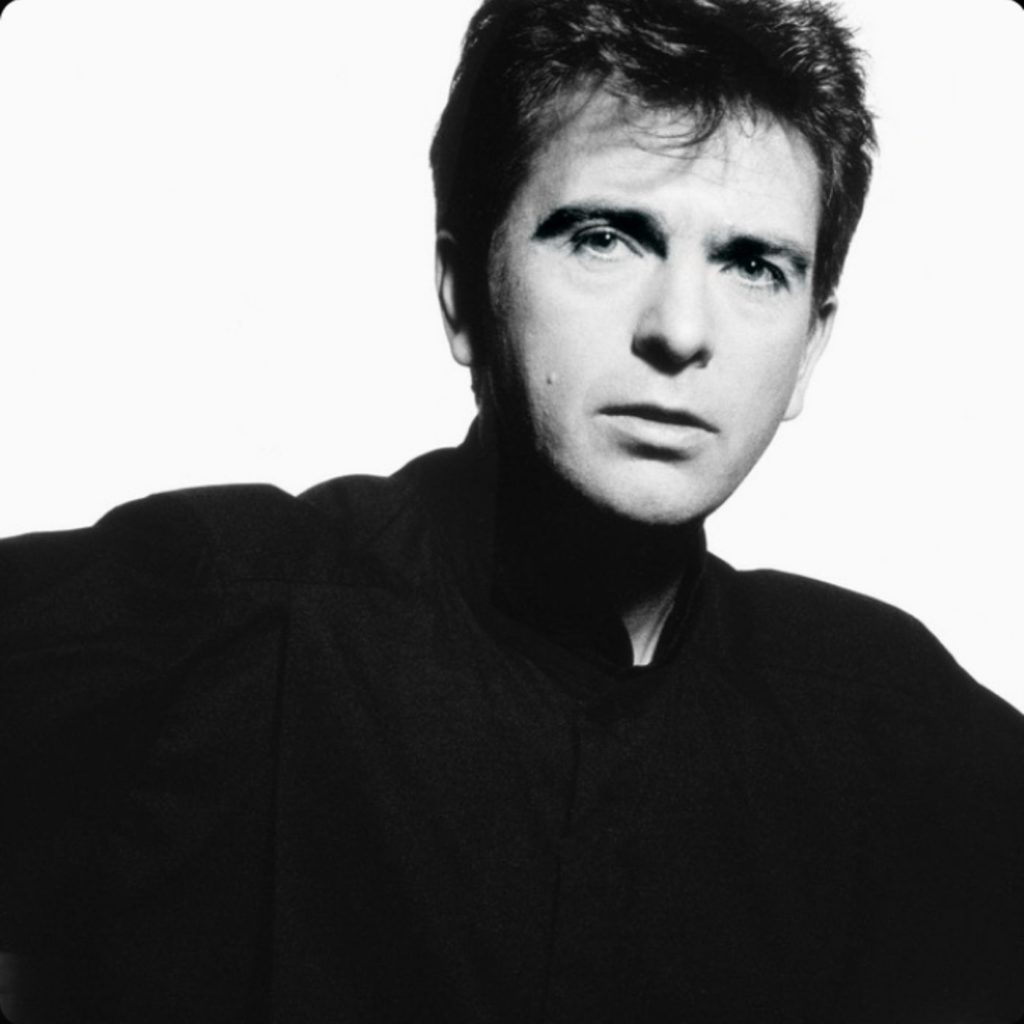
World music fusion emerges organically through respectful cultural collaboration rather than exploitative appropriation, setting new standards for cross-cultural artistic exchange. Gabriel’s ethical approach allows Senegalese vocalist Youssou N’Dour’s contributions to transcend language barriers through pure emotional communication, while traditional African percussion instruments blend seamlessly with Western pop structures. Producer Daniel Lanois creates space for every cultural element to breathe and contribute, ensuring no tradition dominates or diminishes another.
Layered percussion creates heartbeat-like foundations that support Gabriel’s most vulnerable vocal performance, transforming technical excellence into emotional intimacy. Organic integration demonstrates how cultural musical exchange can create something greater than constituent parts when approached with genuine respect and understanding. Beyond its association with John Cusack’s cinematic boombox moment, the song’s legacy lies in its respectful approach to cross-cultural artistic collaboration that continues inspiring contemporary artists seeking authentic global musical fusion.
13. Queen – “Under Pressure” (1981) (with David Bowie)
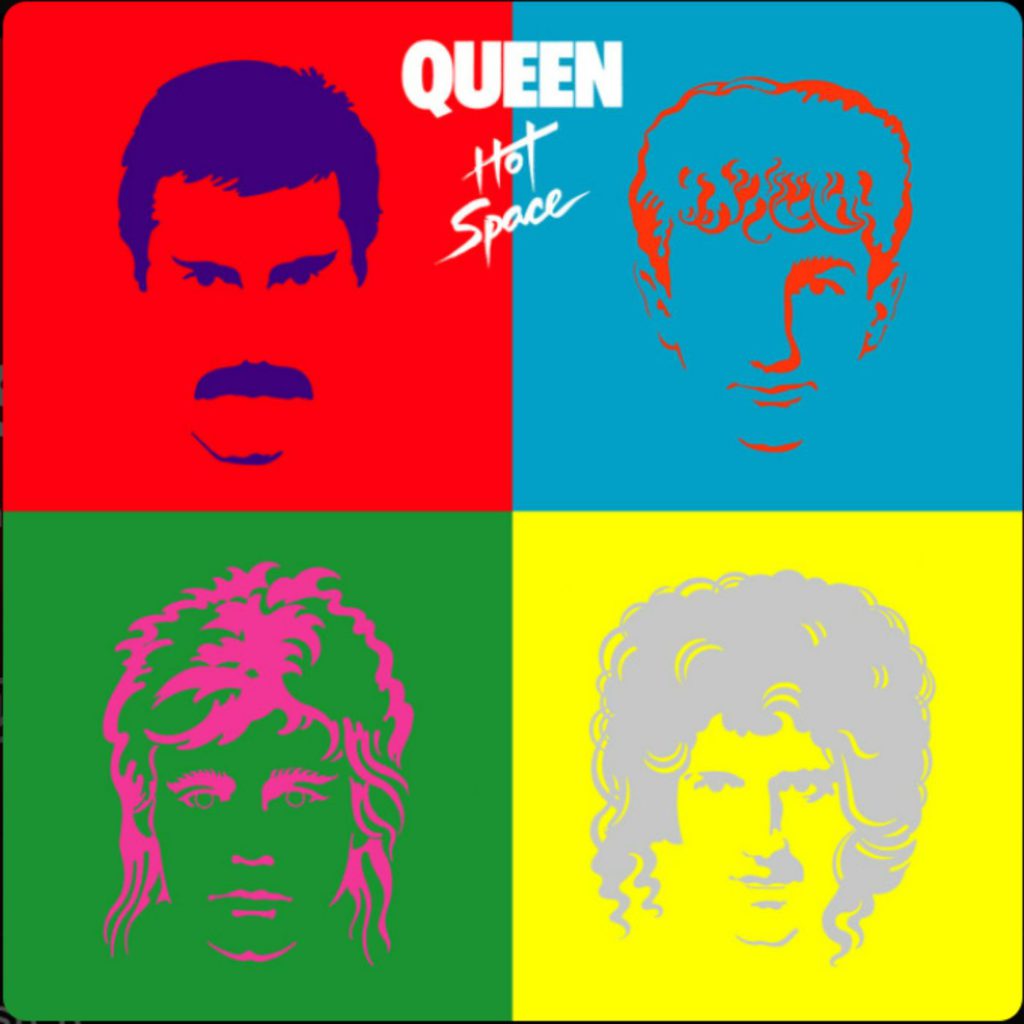
Creative spontaneity produces transcendent results when two theatrical masters collaborate without predetermined outcomes, allowing genuine artistic magic to emerge. Studio improvisation generated much of Queen and Bowie’s collaborative material, with David Bowie pushing for stripped-down approaches that merged Queen’s operatic tendencies with his art-rock experimentation. The famous bassline—later borrowed by Vanilla Ice—provides a rhythmic foundation for unprecedented vocal interplay that showcases both artists’ unique strengths while creating something entirely new.
Strategic minimalism creates more emotional impact than constant layering through the calculated use of sonic space and dynamic contrast. The peak occurs in the bridge section that strips away instruments, leaving voices building toward Freddie Mercury’s climactic high note, demonstrating how calculated restraint can generate more powerful moments than perpetual sonic bombardment. The collaboration captured remarkable spontaneity that translates decades later, proving authentic artistic chemistry cannot be manufactured or replicated through technological means alone.
14. Michael Jackson – “Billie Jean” (1982)
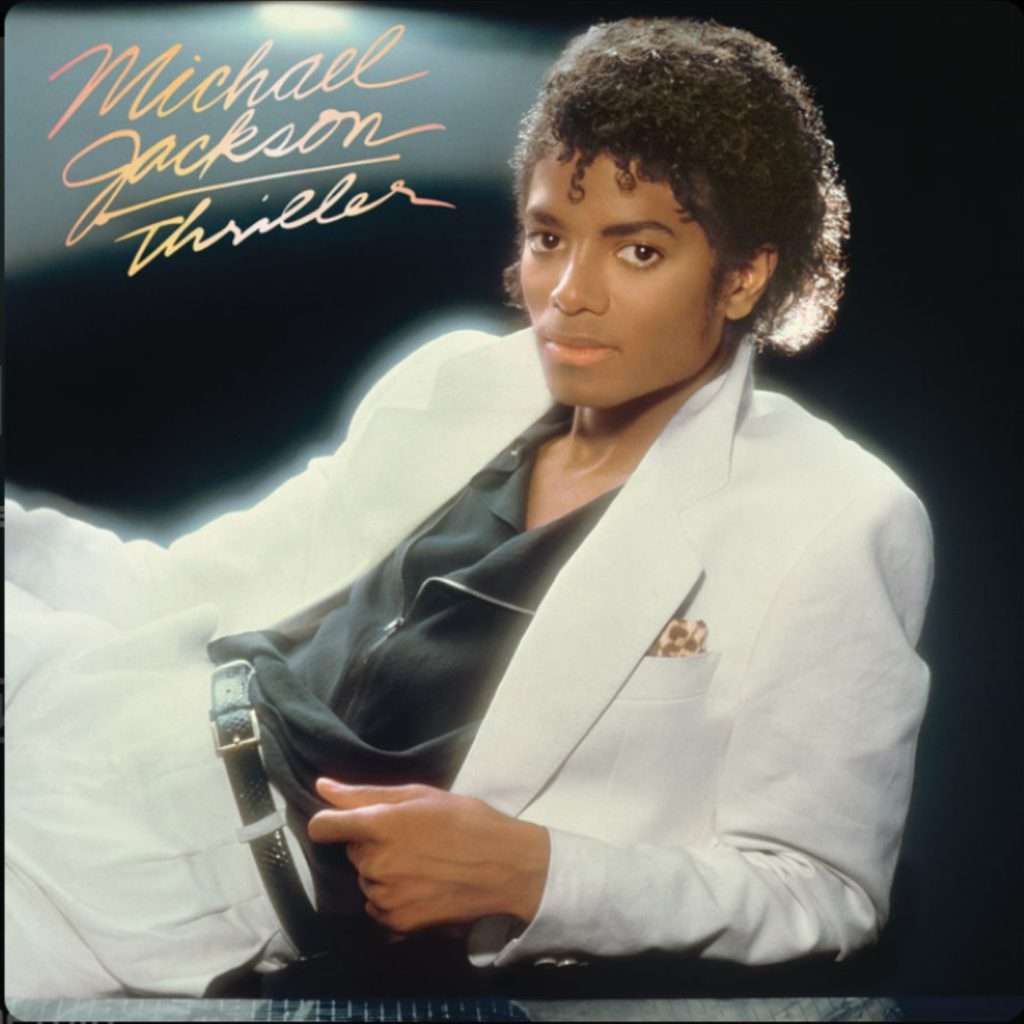
Precision engineering meets soul transcendence in four minutes and fifty-four seconds of perfection. Quincy Jones initially resisted such an extended intro length, unknowingly helping craft the DNA template for dance music’s next four decades. The bassline—performed by session legend Louis Johnson—creates hypnotic momentum through strategic note placement and calculated silence that would define rhythm programming for generations.
Revolutionary production techniques emerged from the Westlake Recording Studios sessions, where Bruce Swedien’s sonic layering created unprecedented depth. His approach positioned every element in its own frequency space, from the crisp snare hits to Jackson’s breathy vocal ad-libs, creating a template that modern producers still reference. When that bassline drops at any modern gathering, three generations instinctively respond with synchronized movement—proof that certain rhythmic patterns bypass conscious thought entirely and embed themselves in our collective musical memory.
15. Guns N’ Roses – “Sweet Child O’ Mine” (1987)
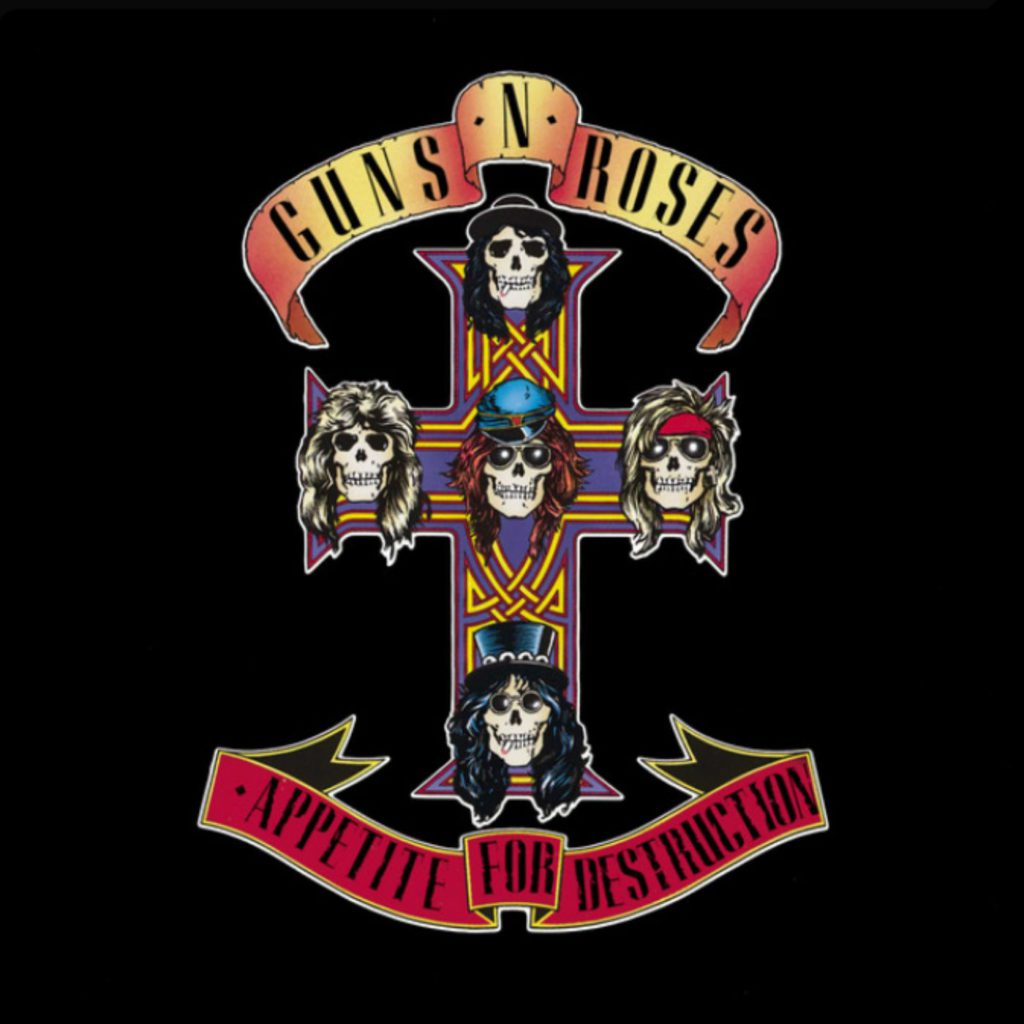
Initially dismissed string-skipping exercises become cultural touchstones when creativity meets perfect timing and uncompromising artistic vision. Slash’s original “silly warm-up exercise” transformed when bandmates recognized its addictive melodic potential, leading to one of rock’s most recognizable openings. Mike Clink’s production captures raw hunger merged with professional polish—a delicate equilibrium that defined late-80s rock excellence and separated genuine artists from manufactured pretenders.
Dynamic range showcases what disappeared during the loudness wars of subsequent decades through careful attention to sonic space and emotional pacing. Axl Rose’s vocal gymnastics demonstrate remarkable technical ability while maintaining emotional authenticity throughout the song’s structural journey from playful intro to arena-shaking finale. The unexpected breakdown before “Where do we go now?” creates perfect tension release that redefines power ballad conventions, showing how structural innovation can enhance rather than overshadow fundamental songwriting excellence.





